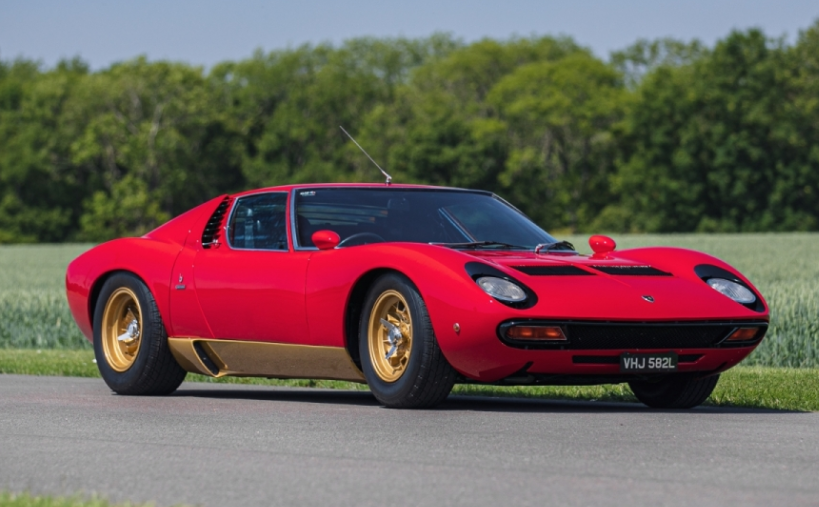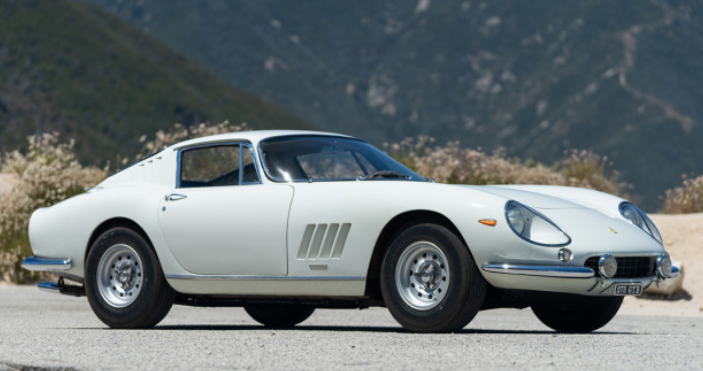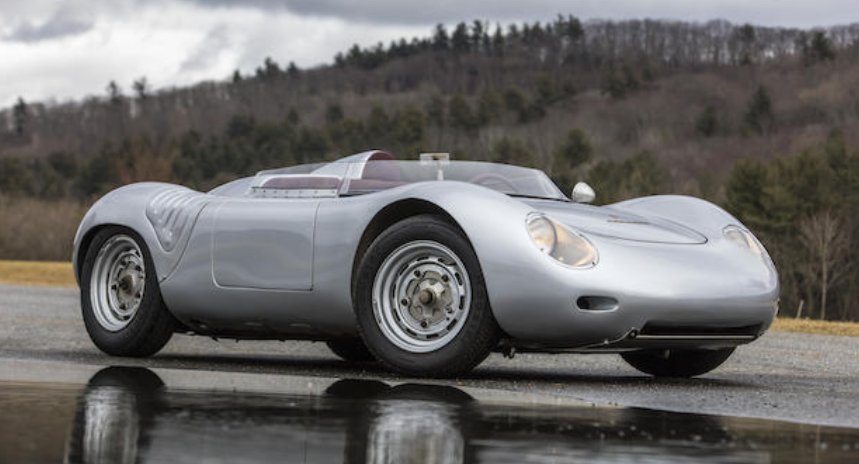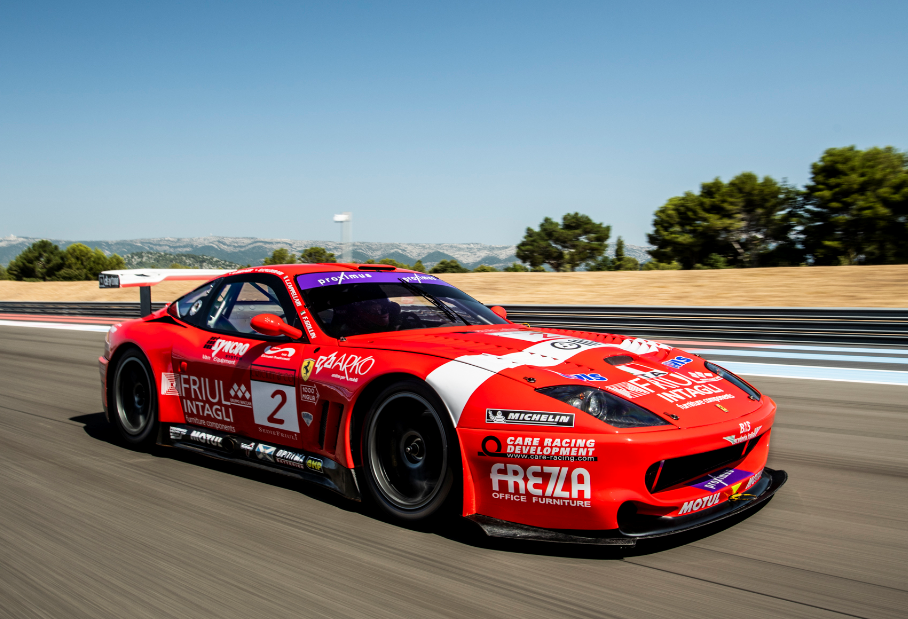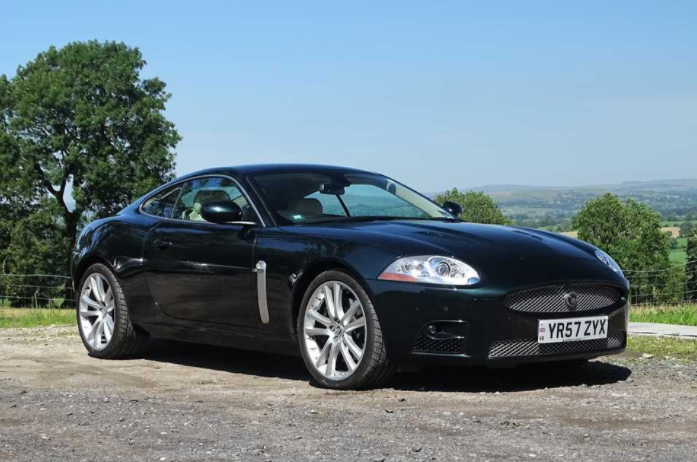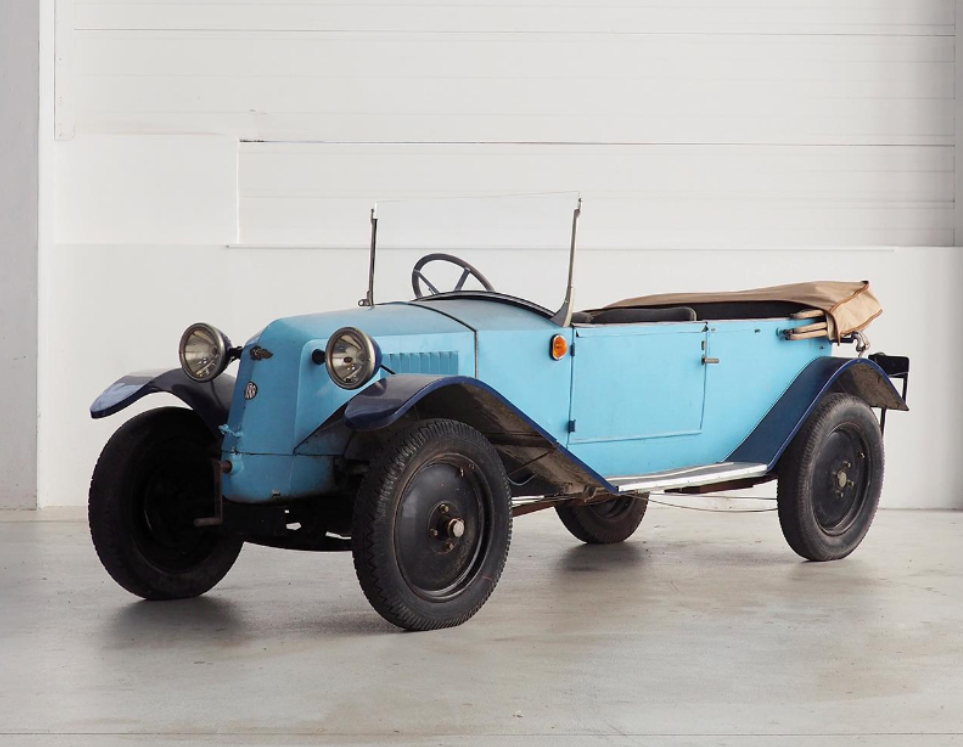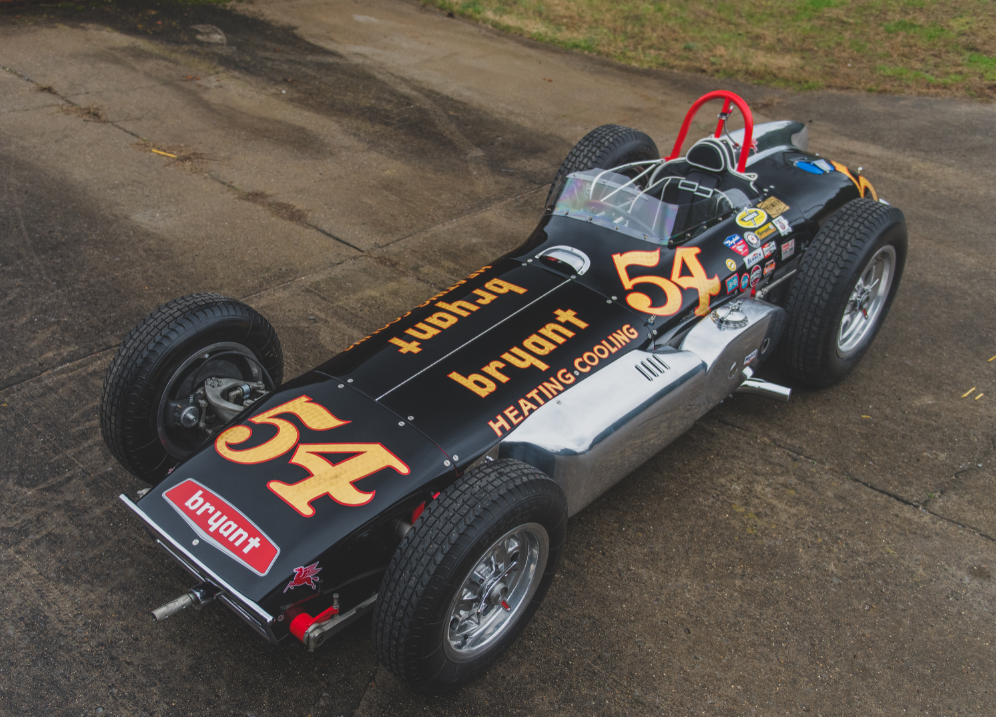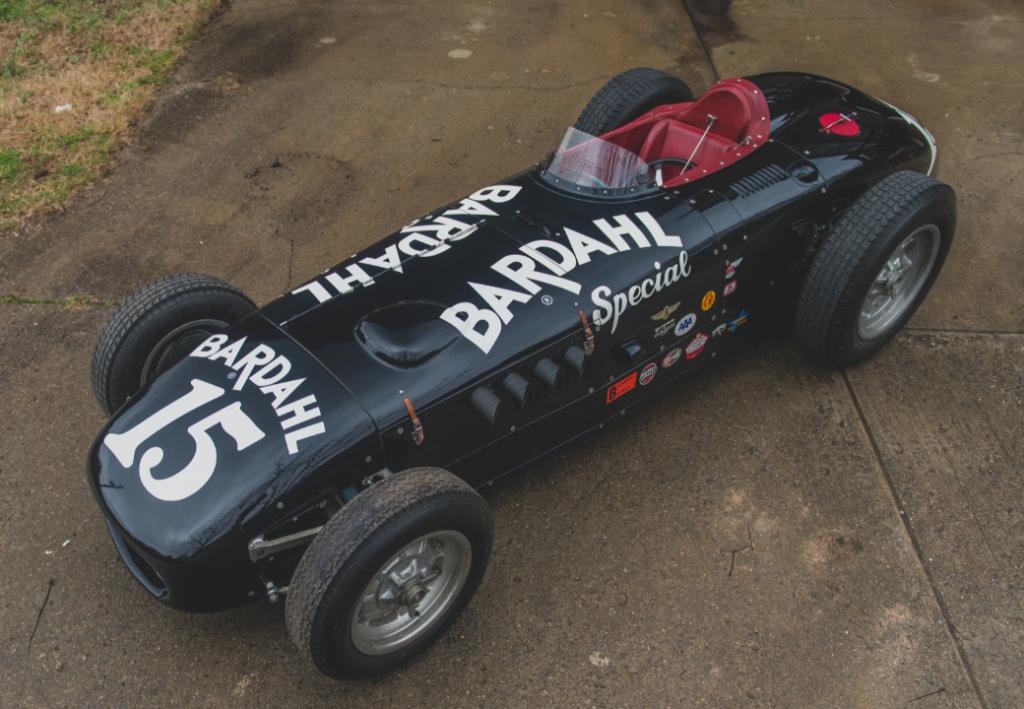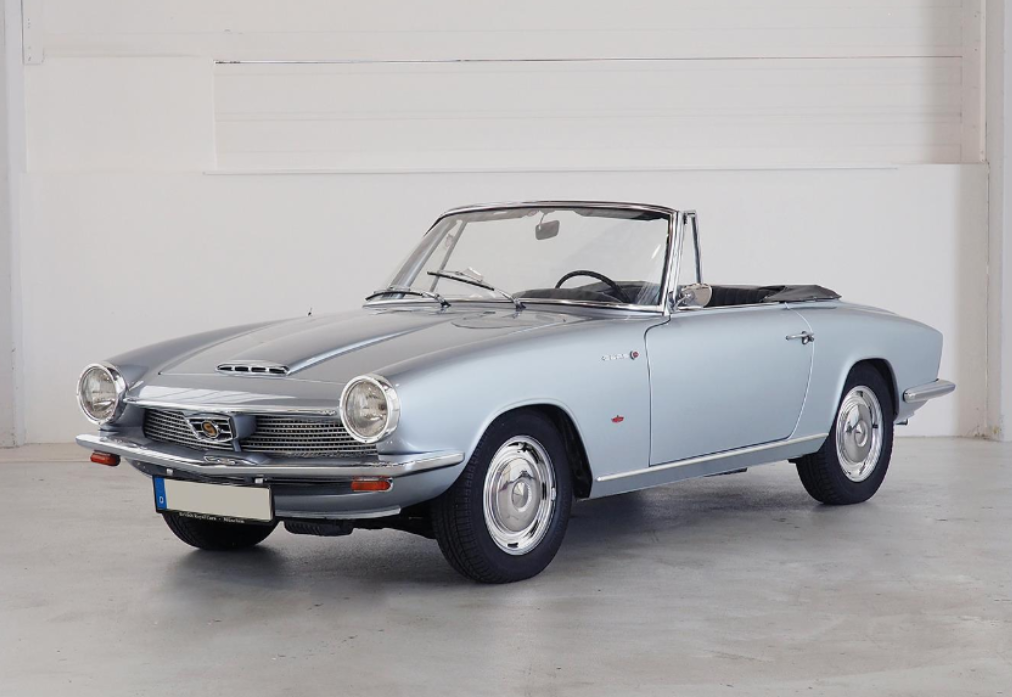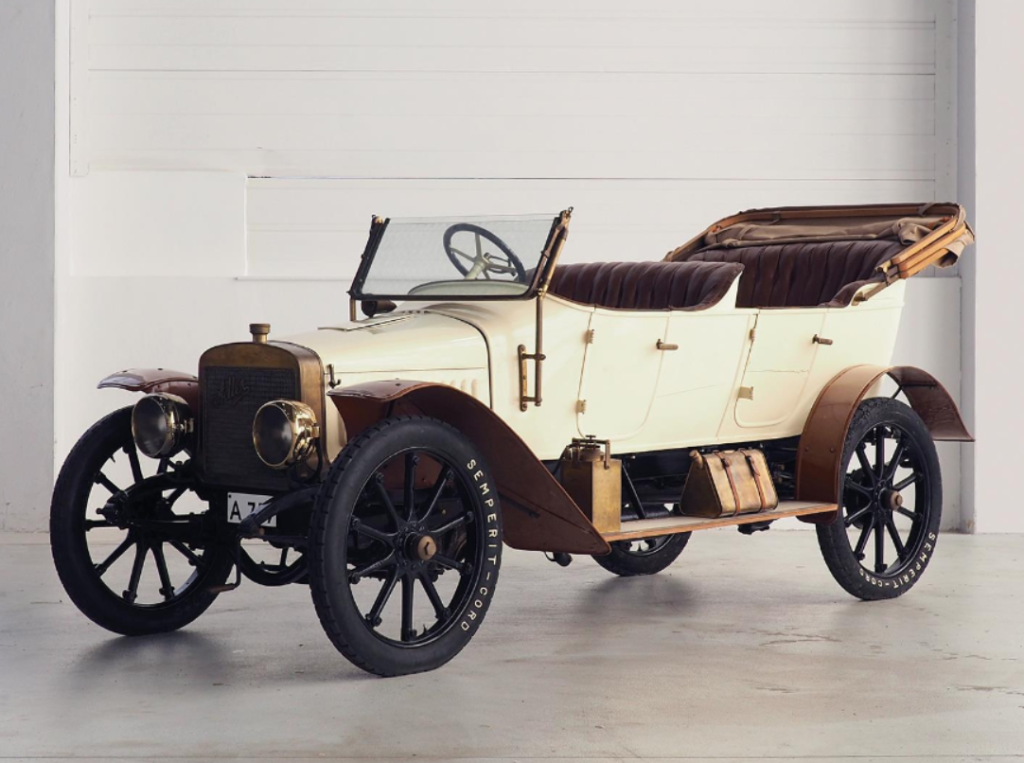1956 Kurtis 500E
Offered by RM Sotheby’s | Auburn, Indiana | September 3-5, 2020
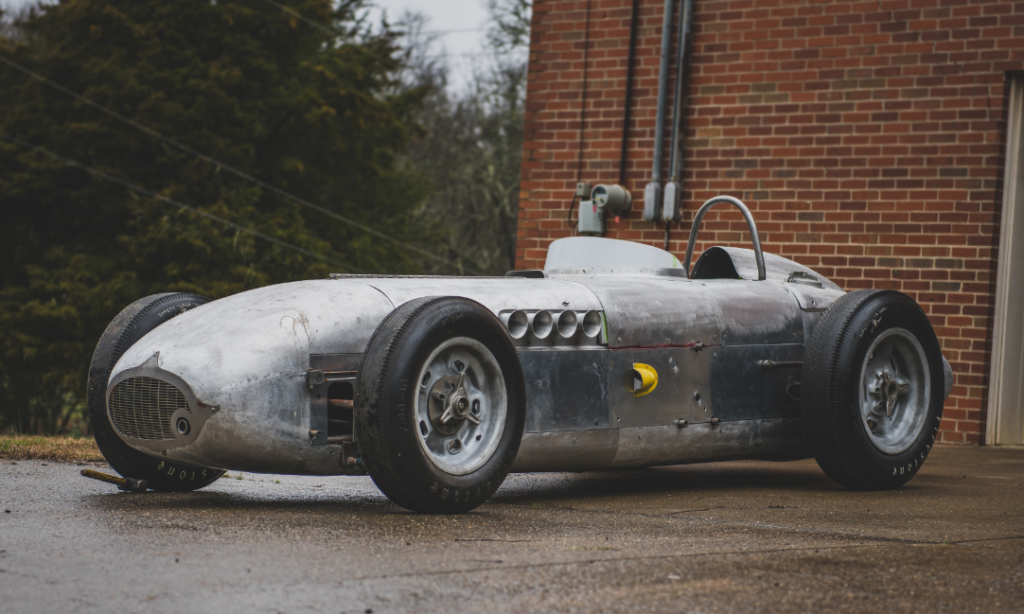
Frank Kurtis built quite a few race cars in his day, but he only built one 500E. In fact, he only built three cars in 1956 in total, two of which were Novi-powered 500Fs. The E was produced for the Federal Engineering race team, and it was an evolution of the earlier 500D, except the engine was tilted to the left and the fuel cap shifted places on the tail.
The engine would’ve been an Offenhauser inline-four. The car currently houses a mock-up of an Offy, but it’s not actually powered. The competition history for this chassis includes:
- 1956 Indianapolis 500 – 7th (with Bob Veith)
- 1957 Indianapolis 500 – DNQ (with Billy Garrett)
- 1958 Indianapolis 500 – 14th, DNF (with Bob Christie)
- 1959 Indianapolis 500 – 14th, (with Jimmy Daywalt)
- 1960 Indianapolis 500 – 17th (with Shorty Templeman)
- 1961 Indianapolis 500 – 10th (with Norm Hall)
- 1962 Indianapolis 500 – 21st, DNF (with Chuck Hulse)
- 1964 Indianapolis 500 – Never arrived
Yeah, it was raced at Indy, a lot. It was supposed to go back in ’64, but they never ended up preparing it. The car’s trail went cold, until John Snowberger, went on the hunt for his dad’s old race cars (his father, Russ, was Federal Engineering’s crew chief for many of those Indy appearances). He found a rusty old frame in a Detroit-area shop, which later turned out to be the remains of the 500E. It has been semi-restored, and is now expected to bring between $90,000-$120,000. Click here for more info and here for more from this sale.
Update: Sold $68,200.

